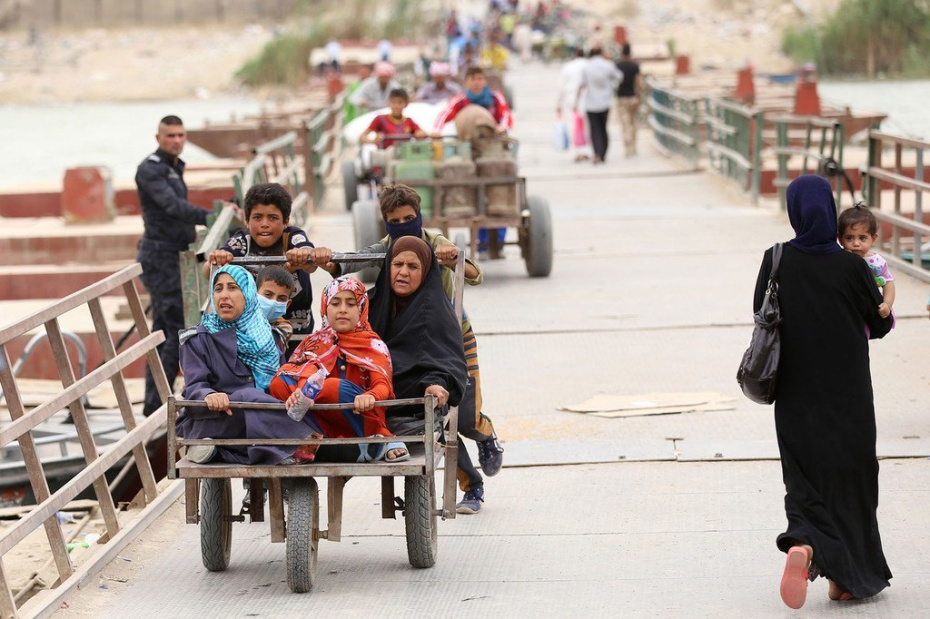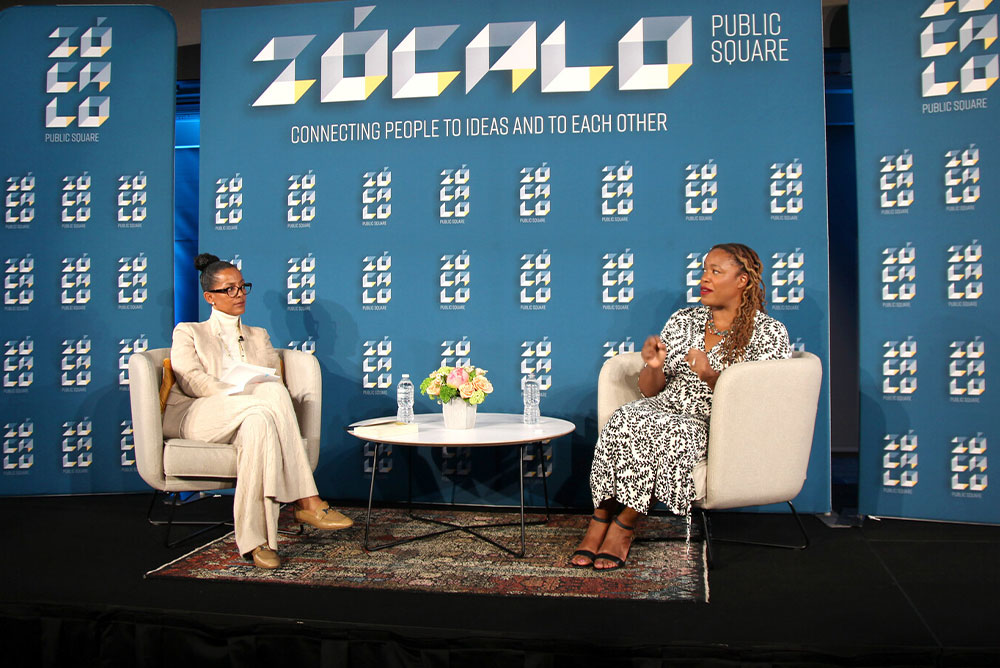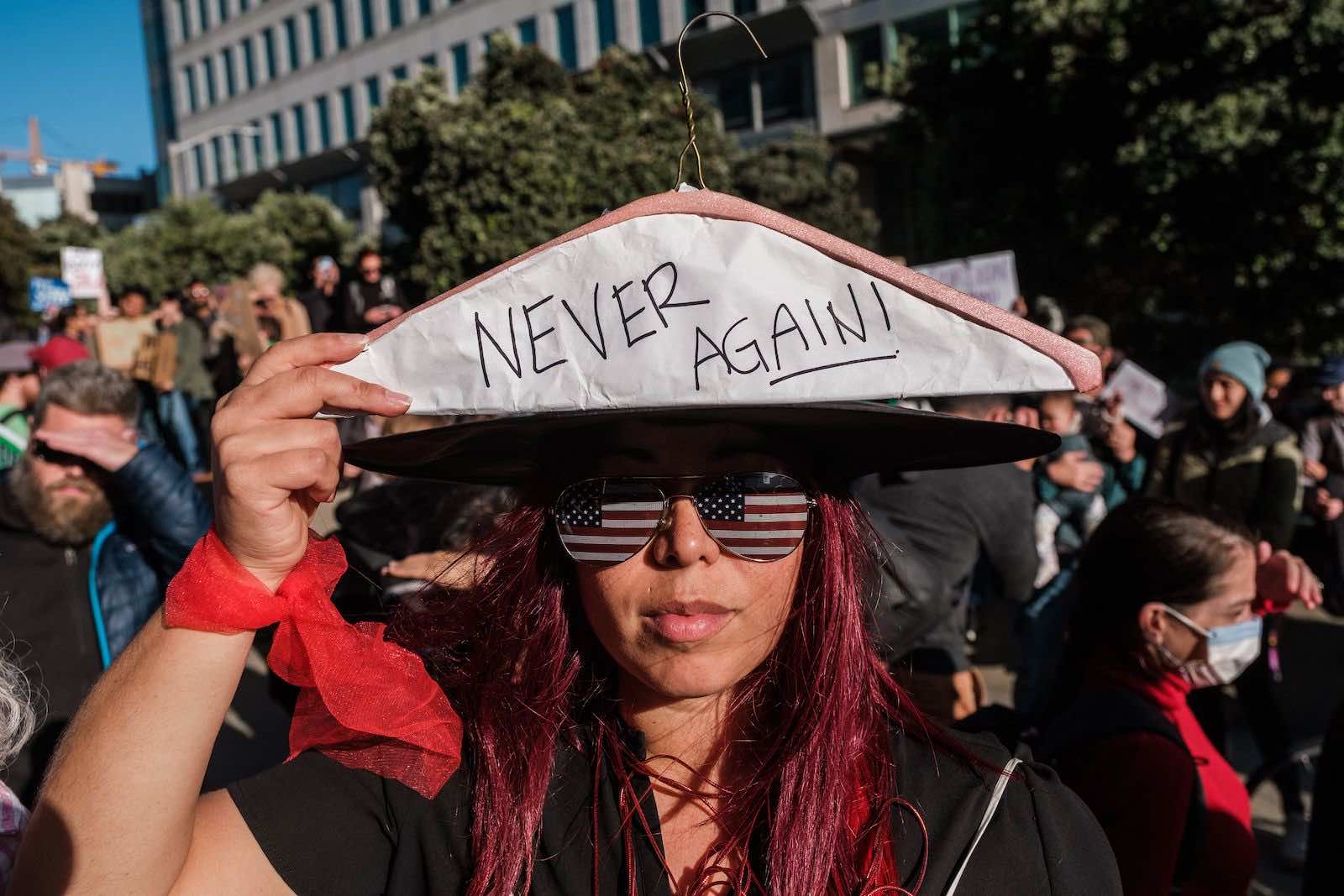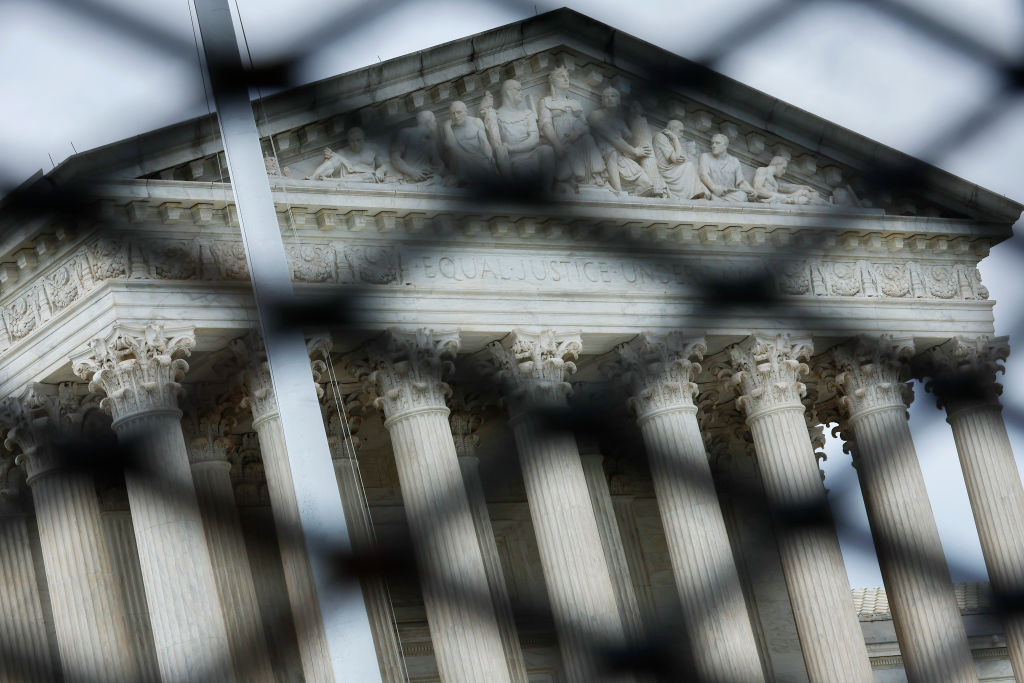The Balochistan forest fire engulfed millions of trees and the hopes of generations to come
Salmeen Khpalwak, a climate activist, was in Quetta when he received a call from a friend in Zhob. A deadly fire had erupted in the pine [Chilgoza] forests of the Koh-e-Sulaiman Range. “Bhaar main jaye sab … bus jaldi yahan ajao [leave everything and come here],” said the person on the other side of the call in Pashto, his voice laced with urgency and fear.
The Shirani forest, located at a 4-hour drive from Quetta, is one of the largest fruit-bearing areas in the country, located in Zhob division near the Balochistan-Khyber Pakhtunkhwa border. Spread over 26,000 hectares, it is home to more than 10.8 million pine trees, each worth over Rs20,000.
So, when Khpalwak ended the call on May 18, he knew a disaster had struck his hometown. Within a day, he left for Shirani with some friends, and on reaching his village, which is located some 10 kilometres from the Koh-e-Sulaiman forests, all he could see was red. Huge flames, reaching high up to the sky, roared ferociously as they gulped down one tree after another, forgiving nothing that came in its way.
Of the four locals who had gone into the forest to douse the blaze, three had died. “Their bodies were charred, beyond recognition,” the activist told Dawn.com. Meanwhile, the fourth man had jumped off a cliff and was badly injured.
“That instant, I knew that this was not something that could be controlled by us,” Khpalwak said. Subsequently, the first thing he did was call the forest officer of the area. “They told us they were sending a team. A team? What I was seeing in front of me was an unleashed monster. What chance did a team have in front of it?
“So, I took hundreds of pictures of what I had seen and put them everywhere — Twitter, Facebook, WhatsApp ... you name it.”

And social media did its job within hours. Trends such as #Balochistanonfire and #SaveOurBurningForest started doing the rounds and soon the provincial and federal authorities, the National Disaster Management Authority, and organisations such as the United Nations’ Food and Agriculture Organisation (FAO) and Pakistan World Wildlife Fund took notice of the catastrophe and sent teams for help.
It took authorities more than two weeks to douse the fire. Official details of the damage to the forest are yet to be released but locals say nearly 40 per cent of the trees have been reduced to ashes.
A timeline of fires
According to Muhammad Yahya, provincial coordinator of the FAO, the first fire started on May 9 in the forests of Khyber Pakhtunkhwa’s Dera Ismail Khan, where it was small and less intense. “But due of high wind velocity, the blaze escalated and by May 12, it had entered the jurisdiction of Balochistan.”
The olive forest, located at the Toor Shah mountain in Musakhail became the first victim of the blaze after it lost more than 800 trees. It is the second-largest native forest in the district after the Koh-e-Sulaiman forest and is home to millions of natural olive trees, many of which are nearly 500 years old.
Meanwhile, Khpalwak, who also runs the Ashar Tehreek — a collective volunteerism group — told Dawn.com that this was the first time he approached the authorities. “We told them that the situation was alarming and warned them that the blaze was spreading rapidly but they ignored us saying that such fires are normal in the forests and would naturally die off.”
The determined activist then decided to hold a press conference in Islamabad with his friends to highlight the matter in the media.
“Moments before I was going to sit in front of the cameras, I received a call from Zhob Commissioner Bashir Bazai, who informed that a third fire had erupted. This time, it had attacked the world’s largest Chilgoza forest,” he said, adding that the minute he heard about the news, all the attention was diverted towards campaigning for the blaze at the Chilghoza forests.

With the fire picking up intensity with each passing hour, Khpalwak realised that they had little time to waste. “Hence, I urgently wrote a letter to Justice Jamal Khan Mandokhail and requested him to take suo motu action and jolt the authorities into action.”
The letter dated May 20, a copy of which is available with Dawn.com, stated: "Wildfires had been raging at the Koh-e-Sulaiman Range for the last 15 days and had burned down more than 100,000 native chilgoza and olive trees to the ground."
“But the district and provincial authorities have failed to take any step to extinguish the fire and protect the said forest.”
The activist subsequently urged the court to order for steps to be taken for extinguishing the fire on an “emergency basis”, besides declaring the Koh-e-Sulaiman Range a red zone, deforestation be immediately stopped, and proceedings to be initiated against delinquent officers.
Fortunately, within a few four hours of the letter, Khpalwak heard back from Justice Jamal. “He told me that the government will be sending helicopters to help put out the fires,” Khpalwak recalled.
“But the fire was so intense that the helicopter proved to be insufficient,” he said. “The 35,000 litres of water it had brought was like a needle in a haystack,” he pointed out.

The locals, the activist continued, called it a “lota of water” used to put out a massive inferno.
“Hence, our MPA Sardar Babar Khan Musakhel reached out to Iran for an airplane [which can carry up to 40 tonnes of water],” he added.
Meanwhile, the chief conservator of the forests of North Balochistan, Zaigham Ali, told Dawn.com that as soon as he was informed about the fire on May 18, he reached the site with his team.
"The commissioner and deputy commissioner of Shirani joined me there as well and we were supervising the entire operation," he said, adding that later, the chief minister and other officials from the federal and local governments joined him.
"Throughout this time, our officers risked their lives and went up in the forests on donkeys to douse the fire," he further said.
Finally, on May 25, Federal Minister for Housing Maulana Abdul Wasey, in a press conference, announced that the fire had been doused in 95 per cent of the area.
However, FAO’s Yahya warned that this doesn’t mean that the danger is over. “There are still trees that are blazing, and sparks of fire are still erupting from them. The trees are throwing off their flames, putting the other vegetation at risk.”
“And this increases the threat of another fire breaking out in the forest if not contained in time,” he added.
Khushksali looming over the province
Kamran Hussain, the WWF's focal person for forests, told Dawn.com that the fire season in Pakistan, which typically starts in June and lasts till August, came earlier this year, taking the authorities by surprise. “This can be blamed on the rapidly evolving climate conditions.”
He said that the heatwave in Pakistan this year has raised the mercury level even further, providing favourable conditions for the fire to last nearly two weeks. “The scorching heat sucks all water from the vegetation leaving it dry and increasing the chances of fires,” Hussain explained.
Environmentalist Dawar Butt concurred. “Dry vegetation is flammable, and even minor sparks can result in a fire. Further, dry winds can spread the fire further by carrying sparks and burning ask over long distances,” he said.
“Central parts of Pakistan face dry season during pre-monsoon months,” he continued. “And during this dry season, sporadic fires occur every year. However, this year in particular, the dry season started early and was accompanied by a heatwave, which has made the fires much bigger and wider in the geographic area.”

Meanwhile, Hussain pointed out another reason behind the intensity of the fire. “Pine houses raisin in its leaves which catches fire very quickly because it is a conductor of heat. So, it is no surprise that such a huge area was caught up in flames within hours.”
Secondly, he continued, the slope of the forests in the Sulaiman Ranges is situated in the direction of a slope of between 70 degrees to 80 degrees. “This, therefore, keeps the area far from human reach.”
The WWF manager official explained that in forests, fires either start on the floor or surface, where there is usually grass among other vegetation. “This type of fire is not as dangerous and can be easily controlled. But then there are fires that erupt in the crown of the forest … the trees to be precise. Crown fires gulp down acres of land and the trees that come in its way and need to be controlled in the initial stage.”
This is exactly what happened in Shirani, he said. “Everything was up in flames because the trees were on fire and they were spreading it everywhere,” Hussain added.
Temperatures in Zhob district of Balochistan have seen a sharp spike in the last decade. Resident Muhammad Imran Ayub recalls that in 2020, the maximum temperature recorded in Shirani was 33 degrees Celsius. “However, last summer, the average temperature recorded in our region was 43 degrees Celsius.”
“These extreme temperatures have damaged our main source of cooling — rains,” he said. In the last two years, the rain season has been adversely affected because of the “evolving climate conditions, and this, Ayub said, would have dire repercussions.
“Shirani is the least developed area in Balochistan and depends solely on rain for sustenance. Majority of the people here rear livestock and wild animals that feed off small grass and other vegetation on the mountains. No rain means no food for these animals, eventually leading to their death.”
Ayub warned that if such climatic conditions persist, the province could head towards “khusksali” or drought.
The damage

Besides the three people who died while attempting to douse the fire, Ayub says there were several other creatures that bore the cost of the blaze.
“When the fire had subsided a little, I went inside the forest with the rescue teams and found torched bodies of animals like rabbits, foxes, Sulaiman Markhors, black bears, and jackals that had failed to escape the blaze in time,” he said.
“These species are native to the region and their loss may look minimal, but it is a huge blow to the ecosystem and diversity of the area.”
On the other hand, for the people of the Shirani forest, their most prized possession is the pine trees. The word Chilgoza goes back to the Persian times and is a combination of two words — Chil means 40 and ghoza means seed, which relates to fact that a pinecone consists of 40 seeds.
FAO’s Yahya said there are more than 10 million Chilgoza trees in the Shirani forest [approximately 956 trees in a single hectare of land], each worth between Rs25,000 and Rs30,000. These trees produce nearly 675 metric tonnes (approximately 675,000 kilogrammes) of Chilgozay every year, which calculates to a yearly trade of $2.6 billion.
These Chilgozay are exported to China, Dubai and France, among other countries.
“We don’t have the official numbers yet, but if our evaluations are correct, the locals have suffered losses amounting to at least Rs50 million,” the UN official estimated.
Not just that, Yayha continued, the trees that “we have lost will at least take around 50 years to regrow”. Chilgoza trees are slow growers and take decades to mature and bear fruit. “This means that the losses incurred by the locals will be inherited by at least the next five generations,” he added.

Meanwhile, resident Ayub pointed out that the “real loss” of the fire was yet to be determined. “We can’t just count the burnt trees in the official figures. We also need to add those that were saved.”
Even the trees that look unhurt, he explained, have likely suffered severe internal injuries. “Just like humans, trees too suffer injuries that may not show externally but cause terrible damage.”
“Chilgozay are very sensitive fruits. They would have suffocated and died after being exposed to intense temperatures,” Ayub said.
The resident added that the months from May to August are called the “growing season” for Chilgozay. “The plantation of the trees takes place between January 20 and February 20 and in September, the cultivation begins.
But, he contended, that with 40 per cent of the trees gone now, this year’s produce would be cut by over 50 per cent. “The lost fasal [crop] will take nearly four decades to return.”
Forest fires in Pakistan
According to a report by Global Forest Watch, an open-source web initiative of the World Resources Institute that monitors global forests in near real-time, in the last decade from 2011 to 2021, Pakistan has lost 1.28 kilo hectares [1 kilo hectare equals 2471.05381 acres] of tree cover, equivalent to a 0.13pc decrease in tree cover since 2000, and 481 metric tonnes of carbon emissions. The dominant driver of the loss was deforestation.
Most of these forests were located in Khyber Pakhtunkhwa and the erstwhile Federally Administered Tribal Areas.
The peak fire season in most parts of the country typically begins in mid-January and lasts around 23 weeks, the report states. Between May 31, 2021, and May 23, 2022, approximately 1,921 VIIRS fire alerts — data used to measure cloud and aerosol properties, ocean colour, ocean and land surface temperature, ice movement and temperature, and fires — were reported.
Global Forest Watch was alarmed that the number was this high, compared to previous years going back to 2012.
Meanwhile, in Balochistan alone, almost half an acre of tree cover has been lost over the last decade, amounting to 0.086pc since the year 2,000. The districts that suffered the largest losses were Zhob and Nasirabad.
Moreover, as many as 25 VIIRS fire alerts were reported in the province between May 20 and May 27, 2022, of which 28pc were “high confidence alerts”. A high confidence alert is equivalent to a red flag and requires active measures to put out the blaze within the next 24 to 48 hours.
The statistics indicate that in the last few years, forest fires in the country have been on the rise. While many experts believe that they are a result of extreme temperatures, others say they are equally a result of “human sabotage”.
WWF’s Hussain claimed that 90 per cent of forest fires in Pakistan were man-made or occurred because of a lack of awareness. One such incident that is recent in our memories was when a TikToker filmed a video as a forest fire raged in the background. It was later found that the forest was located in Khyber Pakhtunkhwa's Haripur district. This was not an isolated event; the Islamabad Wildlife Management Board has received numerous similar complaints over the last year, where investigations prove that the fires were started deliberately.
“Sometimes people leave cigarette butts burning in the forests, sometimes it is the remnants of a barbeque,” the technical expert continued. “But one thing is for sure, there were always humans involved and I believe to prevent this we need to organise large-scale awareness campaigns on the importance of forests,” he suggested.
Coming back to the Shirani forests, he hinted that the fires there could have been a product of tribal rivalry because “the aftermath of the fire” looks like it was arson.
“But it is too early to say anything substantial right now,” he added.
Furthermore, the technical expert also recommended early warning systems and heat censors be installed in forests to “control fires at the initial stage”.
‘Expect floods every year if you don’t protect forests’
For many people living in urban centres of Pakistan, a question often clouds their minds: why should we even care about forests? Now it is not that these people don’t know the ecological importance of forests because everyone has studied science. But apart from occasional trips to the mountains, what roles do forests even play?
Dawar Butt says that there are multiple secondary impacts of fires besides the immediate habitat loss. “Big fires also destroy settlements, displace people and damage the economy.”
There have been instances in the US, he continued, where fires get so large that they reach suburbs and penetrate air pollution into cities. “This can happen here as well,” he said.
“Additionally, loss of housing or livelihoods can trigger migrations into cities, and thereby put more pressure on urban areas. Hence, the impacts are the worst for the underprivileged or those most at risk, but the larger public will also face the effects,” Butt added.
Meanwhile, Hussain said that when forests burn on a massive level, like the one in Shirani, they contribute to the greenhouse gases such as carbon dioxide and carbon monoxide.
He further explained that trees were the water banks of the country. “When we receive rainfall, these trees located on mountains act as hurdles in the way of the fast-flowing water and absorb it in their roots, preventing floods.
“Simultaneously, in the absence of rains, these trees send the water stored in their roots to streams and rivers, consequently creating the perfect balance in the sustainable flow of water.”
“Pakistanis should expect a flood every year if we don’t protect the forests today," he warned.
The author is a member of staff. She tweets @NMuzhira










